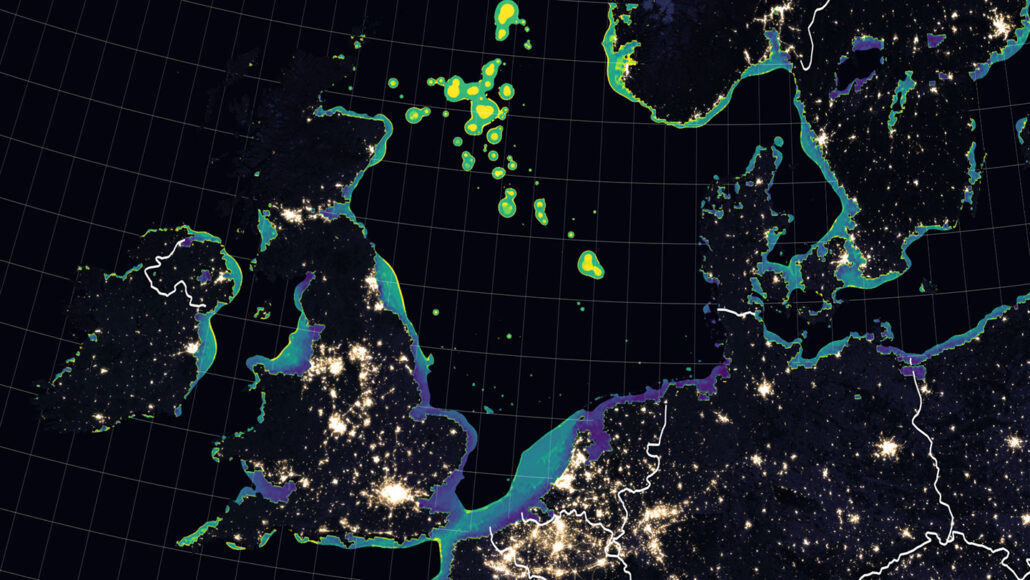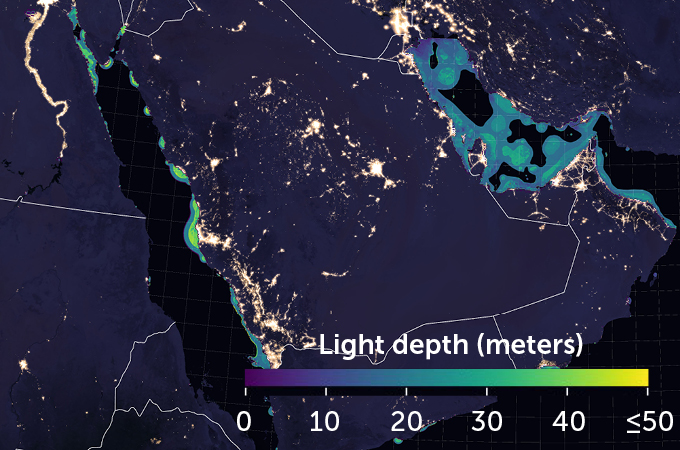atmosphere: The envelope of gases surrounding Earth, another planet or a moon.
behavior: The way something, often a person or other organism, acts towards others, or conducts itself.
biogeochemist: Someone who studies processes that cycle (or eventually deposit) pure elements or chemical compounds (including minerals) between living species and nonliving aspects (such as rock or soil or water) of an ecosystem. This field of study is known as biogeochemistry.
biology: The study of living things. The scientists who study them are known as biologists.
chemistry: The field of science that deals with the composition, structure and properties of substances and how they interact. Scientists use this knowledge to study unfamiliar substances, to reproduce large quantities of useful substances or to design and create new and useful substances. (about compounds) Chemistry also is used as a term to refer to the recipe of a compound, the way it’s produced or some of its properties. People who work in this field are known as chemists. (in social science) A term for the ability of people to cooperate, get along and enjoy each other’s company.
colleague: Someone who works with another; a co-worker or team member.
copepod: A type of small crustacean found in salt and fresh water. Some species of them are plankton, floating with the currents. Others spend time on the sea floor. These animals aren’t limited to oceans; copepods also are found in freshwater, from ponds to puddles. They often serve as food for larger species, and most eat phytoplankton — single-celled organisms that get their energy from the sun.
environment: The sum of all of the things that exist around some organism or the process and the condition those things create. Environment may refer to the weather and ecosystem in which some animal lives, or, perhaps, the temperature and humidity (or even the placement of things in the vicinity of an item of interest).
factor: Something that plays a role in a particular condition or event; a contributor.
food web: (also known as a food chain) The network of relationships among organisms sharing an ecosystem. Member organisms depend on others within this network as a source of food.
geology: The study of Earth’s physical structure and substance, its history and the processes that act on it. People who work in this field are known as geologists. Planetary geology is the science of studying the same things about other planets.
light pollution: The intrusion of unwanted light into areas that would naturally remain dark. Light pollution interferes with our ability to view the night sky. It also alters the circadian rhythms of plants, animals and people.
marine: Having to do with the ocean world or environment.
moon: The natural satellite of any planet.
particle: A minute amount of something.
predator: (adjective: predatory) A creature that preys on other animals for most or all of its food.
satellite: A moon orbiting a planet or a vehicle or other manufactured object that orbits some celestial body in space.
sea: An ocean (or region that is part of an ocean). Unlike lakes and streams, seawater — or ocean water — is salty.
sediment: Material (such as stones and sand) deposited by water, wind or glaciers.
simulate: To deceive in some way by imitating the form or function of something. A simulated dietary fat, for instance, may deceive the mouth that it has tasted a real fat because it has the same feel on the tongue — without having any calories. A simulated sense of touch may fool the brain into thinking a finger has touched something even though a hand may no longer exists and has been replaced by a synthetic limb. (in computing) To try and imitate the conditions, functions or appearance of something. Computer programs that do this are referred to as simulations.
species: A group of similar organisms capable of producing offspring that can survive and reproduce.
sun: The star at the center of Earth’s solar system. It is about 27,000 light-years from the center of the Milky Way galaxy. Also a term for any sunlike star.
virus: Tiny infectious particles consisting of genetic material (RNA or DNA) surrounded by protein. Viruses can reproduce only by injecting their genetic material into the cells of living creatures. Although scientists frequently refer to viruses as live or dead, in fact many scientists argue that no virus is truly alive. It doesn’t eat like animals do, or make its own food the way plants do. It must hijack the cellular machinery of a living cell in order to survive.
wavelength: The distance between one peak and the next in a series of waves, or the distance between one trough and the next. It’s also one of the “yardsticks” used to measure radiation. Visible light — which, like all electromagnetic radiation, travels in waves — includes wavelengths between about 380 nanometers (violet) and about 740 nanometers (red). Radiation with wavelengths shorter than visible light includes gamma rays, X-rays and ultraviolet light. Longer-wavelength radiation includes infrared light, microwaves and radio waves.
West Nile: A disease caused by a virus that is transmitted by mosquitoes. Most people develop no symptoms. But about one in five infected people will get a headache, body aches, joint pains, vomiting, diarrhea, fever or some rash. A very small share of infected people will also develop coma, seizures or paralysis.
zooplankton: Small organisms that drift in the sea. Zooplankton are tiny animals that eat other plankton. They also serve as an important food source for other marine creatures.









